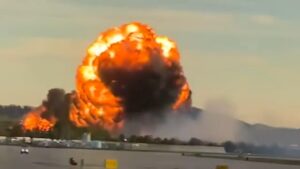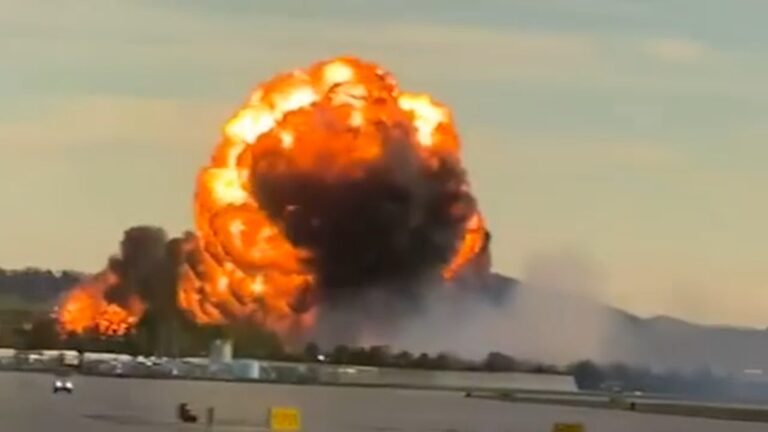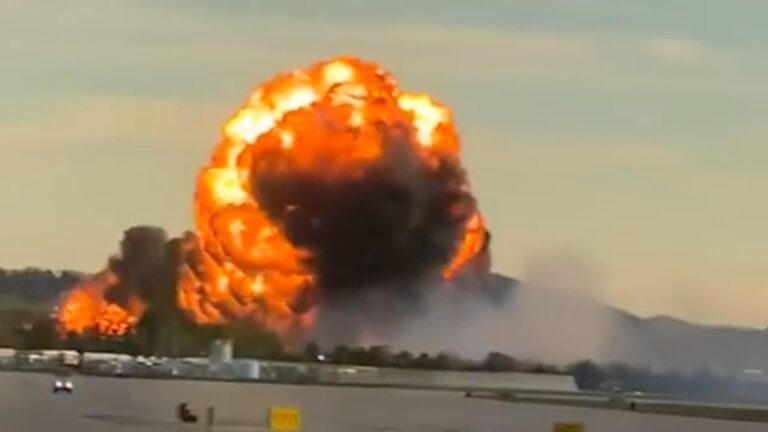When a Ship Hits the Brooklyn Bridge: A Closer Look at This Unique Incident
Late last month, an incident involving a crane barge striking the iconic Brooklyn Bridge made headlines and piqued the curiosity of many. It’s not often that we hear about maritime mishaps affecting such a significant landmark in New York City. For those who might have missed it, this blog post will dissect what happened when a ship hit the Brooklyn Bridge and explore the implications of such incidents on urban infrastructure and safety.
The Incident Explained
On July 21, 2023, a crane barge accidentally collided with the Brooklyn Bridge, a structure renowned for its architectural beauty and historical importance. The vessel was reportedly attempting to navigate the East River when it lost control and struck one of the bridge’s towers. Fortunately, there were no serious injuries reported, but the incident raised immediate concerns regarding traffic disruptions and potential structural damage.
For more visual details about the incident, check the footage provided by KLTU.
The Historical Significance of the Brooklyn Bridge
Completed in 1883, the Brooklyn Bridge is not only an engineering marvel but also a symbol of New York City itself. Spanning 1,834 meters, it connects Manhattan and Brooklyn over the East River. It was the first steel-wire suspension bridge and has held a pivotal role in the development of the city, facilitating both transportation and commerce.
The bridge is recognized for its Gothic-style towers and is a designated National Historic Landmark. Its significance goes beyond aesthetics; it represents the ingenuity and ambition of its era. Each year, millions of tourists and locals traverse it, making it a vital artery of New York’s daily life.
Understanding Maritime Traffic in New York City
The East River serves as a busy thoroughfare for commercial vessels, recreational boats, and ferries. As New York City continues to expand, so too does the complexity of its maritime traffic. The currents, tides, and weather conditions can create challenging navigation for vessels, particularly larger ones like this crane barge.
The U.S. Coast Guard is responsible for overseeing safety in maritime operations, yet human error or unexpected equipment failure can lead to incidents like the one at the Brooklyn Bridge. Ensuring operational safety remains a priority for vessel operators and city officials alike, making coordination and communication critical.
The Aftermath and Immediate Response
After the collision, the immediate priority shifted to assessing the structural integrity of the Brooklyn Bridge and ensuring no damage occurred. Engineers quickly mobilized to inspect the bridge, evaluating potential impacts on the bridge’s foundational supports. Fortunately, early reports suggested that the bridge remained structurally sound, without indications of serious damage.
However, the incident did result in temporary traffic disruptions as authorities worked to ensure safety and clear the area. Traffic on both sides of the bridge was rerouted, and pedestrians were restricted from accessing certain areas until it was deemed safe. Such measures highlight the importance of rapid response in mitigating risks associated with such unforeseen events.
Long-Term Implications for Urban Infrastructure
While the collision with the Brooklyn Bridge was contained without severe consequences, incidents such as these raise critical questions regarding the safety and maintenance of urban infrastructure systems. As cities evolve and adapt to modern demands, maintaining the integrity of historical structures becomes increasingly complex. Over time, the factors contributing to such events will necessitate updates in policy and procedure regarding maritime navigation and urban planning.
Urban planners and engineers may need to consider additional safety measures, such as enhanced signage, naval traffic monitoring systems, and improved training for maritime operators. Understanding the interaction between waterway usage and urban infrastructure can help prevent similar incidents in the future.
Conclusion: Learning from Incidents
The incident of the crane barge hitting the Brooklyn Bridge serves as a reminder of the fragile balance between human activity and infrastructure. It prompts a broader conversation on maritime safety protocols, urban planning, and the safeguarding of our historical landmarks. While no significant damage ensued, it is imperative that cities learn from such experiences to prevent future occurrences.
In the end, the durability of the Brooklyn Bridge stands testament to both engineering prowess and the careful stewardship of our historical assets. Moving forward, a focus on safety and preventative measures in maritime operations will be essential to keep this iconic structure and others like it safe for generations to come.








